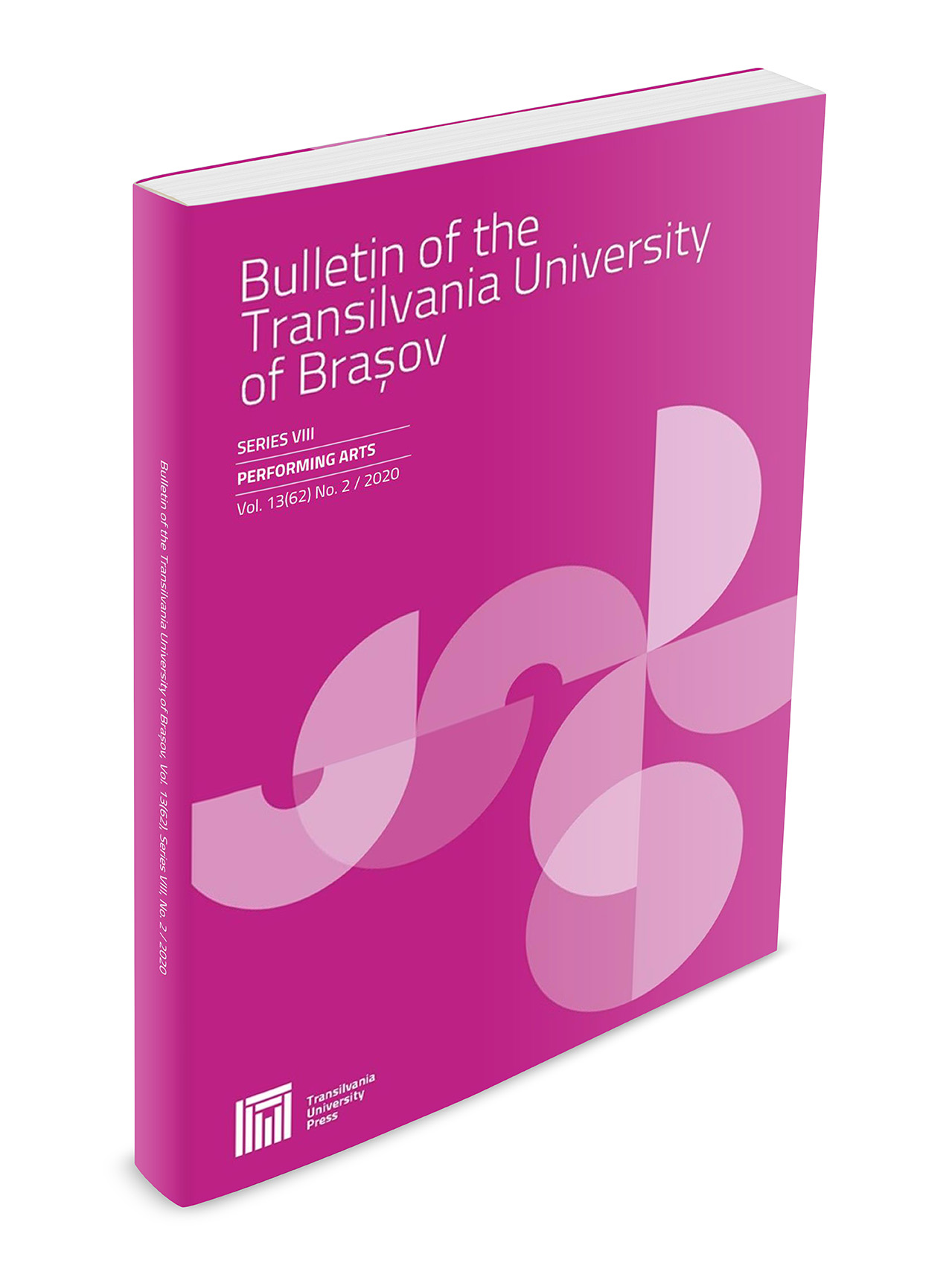The Feast of Lăzărel - an Example of Preservation through Adaptation of the Ethnocultural identity of the Greeks of Izvoarele Village in Tulcea County
DOI:
https://doi.org/10.31926/but.pa.2022.15.64.3.13Keywords:
Greeks, agrarian musical repertoire, Lazar, folklore, ethnic groupAbstract
Izvoarele village is the only compact rural settlement in Romania whose members identify as Greeks. Oral history pinpoints the genesis of this community in 1830, when a few Greek and Bulgarian families, having crossed Dobruja, settled at the foot of Consul hill. Even though these ethnic groups went through a process of ethnic synthesis throughout history, it is visible that the Greek community of Izvoarele has preserved certain valuable heritage elements serving as an identity trademark to be found in the architecture of dwellings, garments, traditions, and in their main occupation, namely agriculture and sheep rearing. The present work deals with the musical repertoire performed on the occasion of Buianciu, a custom usually practiced on Lazarus Saturday (before Christ’s Entry into Jerusalem). The protagonists of Buianciu, or Lăzăriţa by its Romanian name, are girls aged 10 to 14, who sing ritual songs in Romanian, Bulgarian, and Greek. The enacting of this custom contributes to the consolidation of group relations to this day, as the entire community acknowledges the framework pattern of the celebration.Downloads
Published
Issue
Section
License
Copyright (c) 2022 Bulletin of the Transilvania University of Braşov. Series VIII: Performing Arts

This work is licensed under a Creative Commons Attribution 4.0 International License.




